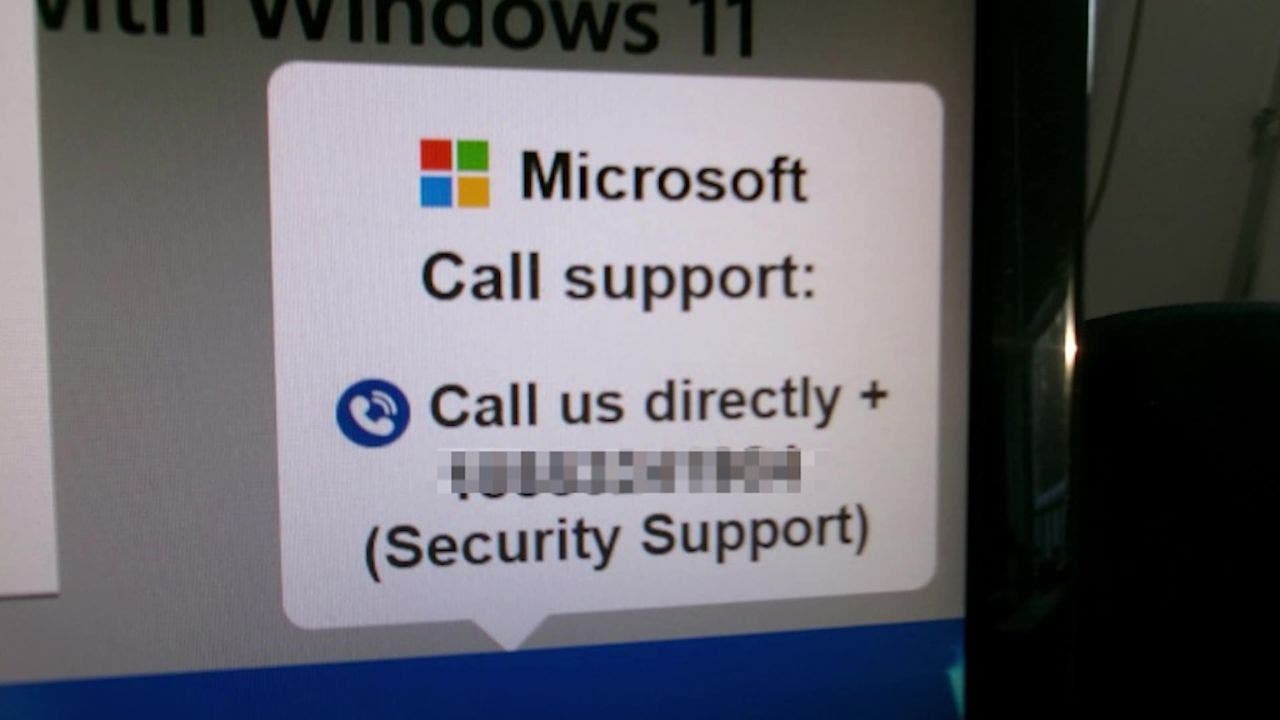Protecting yourself from Microsoft tech support scams

Tech support scammers have become modern-day con artists, preying on our deepest technological fears and vulnerabilities. Tammy of Flagler Beach, Florida, recently fell victim to one of these scams and reached out to us for help. She received an alarming email stating that her computer had been hacked by Microsoft Windows, with a blaring message telling her not to touch her computer. This is a classic example of how these scammers use fear tactics to manipulate unsuspecting users.
It’s crucial to be aware that legitimate tech companies like Microsoft will never proactively reach out to you with unsolicited PC or technical support. These scammers have evolved their tactics to easily convince you that your computer has a critical problem that needs immediate attention. They use psychological tactics to exploit your fears and vulnerabilities, making it essential to recognize the warning signs of a tech support scam.
Here are the six most common red flags to watch for:
1. Unsolicited contact: Be wary of unexpected calls, emails, or pop-ups claiming your device is compromised.
2. Urgency and scare tactics: Scammers create panic by claiming hackers could access your devices and data imminently.
3. Requests for remote access: Never give control of your device to unsolicited callers.
4. Pressure for immediate payment: Be suspicious of demands for payment via non-reversible methods.
5. Impersonation of reputable companies: Scammers often claim to be from well-known tech companies like Microsoft or Apple.
6. Suspicious pop-up messages: Be cautious of warnings about viruses or system issues with countdown timers.
If you find yourself targeted by a tech support scam, follow these immediate steps to secure your information and minimize potential damage:
1. Disengage immediately: Hang up the phone or close any suspicious pop-ups.
2. Disconnect from the internet: Prevent potential remote access by scammers.
3. Do not provide remote access: Never grant control of your device to unsolicited callers.
4. Run a security scan using strong antivirus software: Check your system for malware.
5. Change critical passwords: Update passwords for important accounts and use a password manager.
6. Enable two-factor authentication: Add an extra layer of security to your accounts.
7. Monitor your accounts: Keep an eye on financial and email accounts for unusual activity.
8. Invest in personal data removal services: Minimize your online presence to protect your personal information.
9. Contact professionals: Seek help from IT professionals if needed.
10. Report the incident: Report the scam to authorities and the company being impersonated.
Remember to stay calm and take one step at a time when dealing with a tech support scam. Always verify support through official channels and consult with a trusted tech-savvy friend or professional if needed. Stay vigilant and protect yourself from falling victim to these sophisticated scams.




